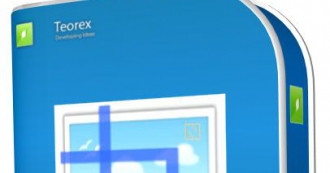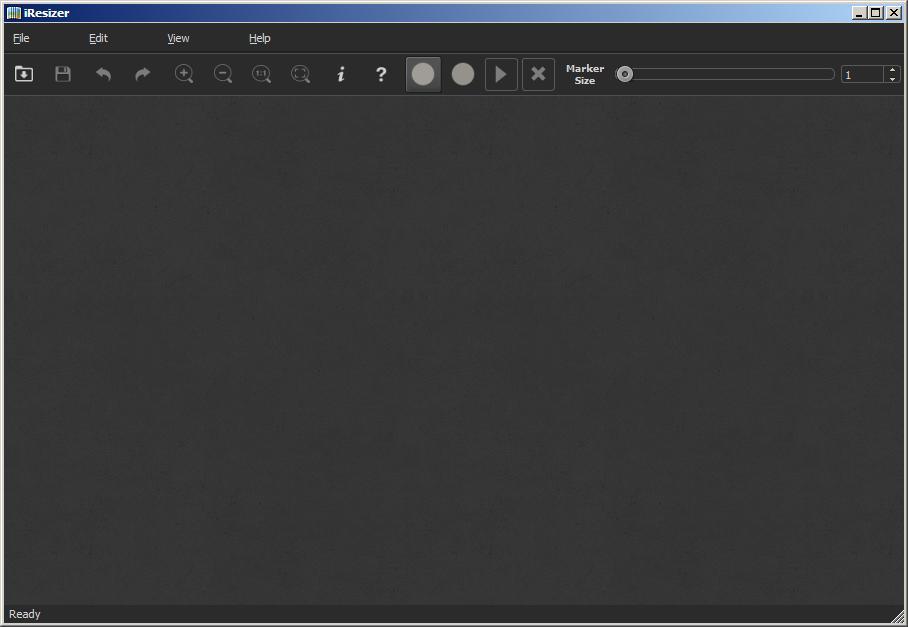
Seam Carving tries to figure out what's important in an image (still or video), so that when the image is re-sized, the most important parts of the picture don't look distorted. Google "Seam Carving" & you'll get hits for for this Wikipedia article: along with sites offering apps, info on projects etc. until I've gotten what I want - or run out of apps. Totally FWIW I have several video, audio, & graphics apps, & when I don't like the results in 1, when I feel that they could be better I'll run a test in another app, & another etc.

Maybe iResizer is better, maybe it's not, but there's only one way to tell, & that's to try it. IMHO it's both impractical & unfair to say Seam Carving is Seam Carving so every app/plug-in using it must be the same. as you'd expect, some apps or plug-ins may work better than others, & how well they work individually can depend on what you give them to work with & what you ask them to do. That said, Seam Carving is the process &/or theory to figure out what in an image is visually most important, is still new & evolving, & there's room for innovation, both implementing Seam Carving & manipulating an image once you've used Seam Carving to analyze it. Object removal OTOH is trickier, because the background to be stretched isn't always the same on all sides of the object(s) you want to get rid of. Apps using Seam Carving can be written to use your hints in figuring out what's important, & that's where highlighting parts of an image that you want protected during a re-size come in. Originally thought of as a way to shrink still images & video to fit smaller cell phone displays, screens that also may have a different aspect ratio than TVs & monitors, Seam Carving can also be used when you want to eliminate objects in a scene - once you distinguish foreground objects from the background, you can stretch the background to fill in the blanks, fill in the spaces where those foreground objects are now. Often examples will feature beach scenes, because as backgrounds all that sand & sky & water are ideal - you can tell if a tree's too fat or skinny because you know what trees look like, but with a more-or-less featureless beach scene you, the viewer have no frames of reference to tell if the image has been altered or not.
#IRESIZER TUTORIAL FREE#
a go or try the free version of Neat Image.
#IRESIZER TUTORIAL PRO#
in photos, I'd recommend HeliconFilter4.93, (learning curve is not too steep and a good Help guide is provided within - but it will probably take a little time for those new to photo manipulation to master but it's worth it) also try their HeliconPhotoSafe) which is an excellent piece of software as is NDNoise which is available for both Linux & Win as well as Mac, and for those who require noise plugin for Photoshop, Infranview, XnView, Paint Shop Pro etc., then perhaps give. a go or try the free version of Neat Image.įor those who dabble with drawing/paint programs then you may be interested in an all round free editing/drawing suite called Chasys Draw IES Artist which can be downloaded from. Slightly off topic - The other day GOTD offered us Image Assistant but for those who who required something deeper than the easy-to-use Image Assistant or add to the usual Irfanview, XnView etc, then perhaps you could try some of the following:įor noise reduction etc.

If you don't have Photoshop CS4/Cs5 (content aware resizer) then try It does seem to work quite well ( see their video ) and could prove quite useful so it may be worth adding to your collection of picture "touch-up" programs via GOTD.

As it states, the concept of iResizer is to preserve key features within a photograph when enlarging it or when scaling it down - by painting upon or around the subject you wish to retain.


 0 kommentar(er)
0 kommentar(er)
